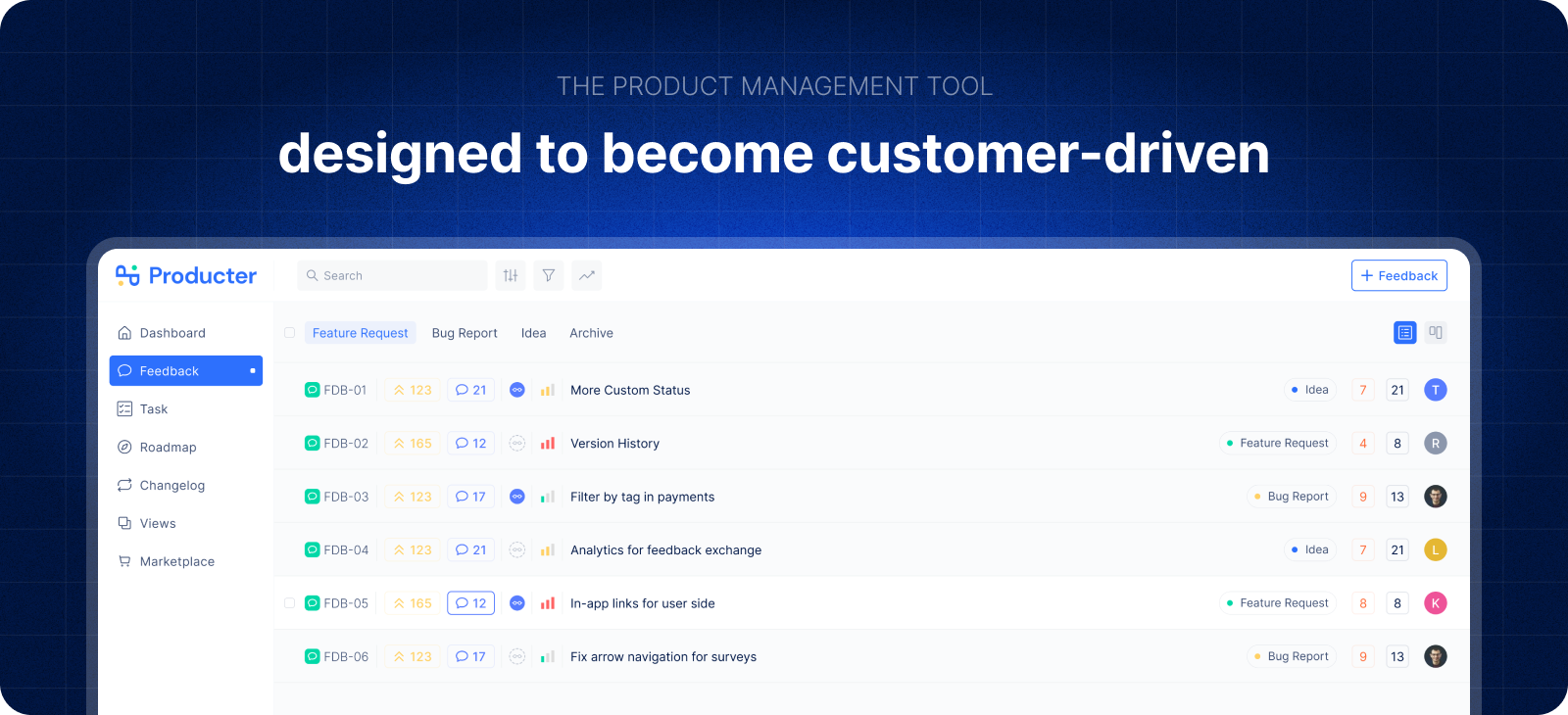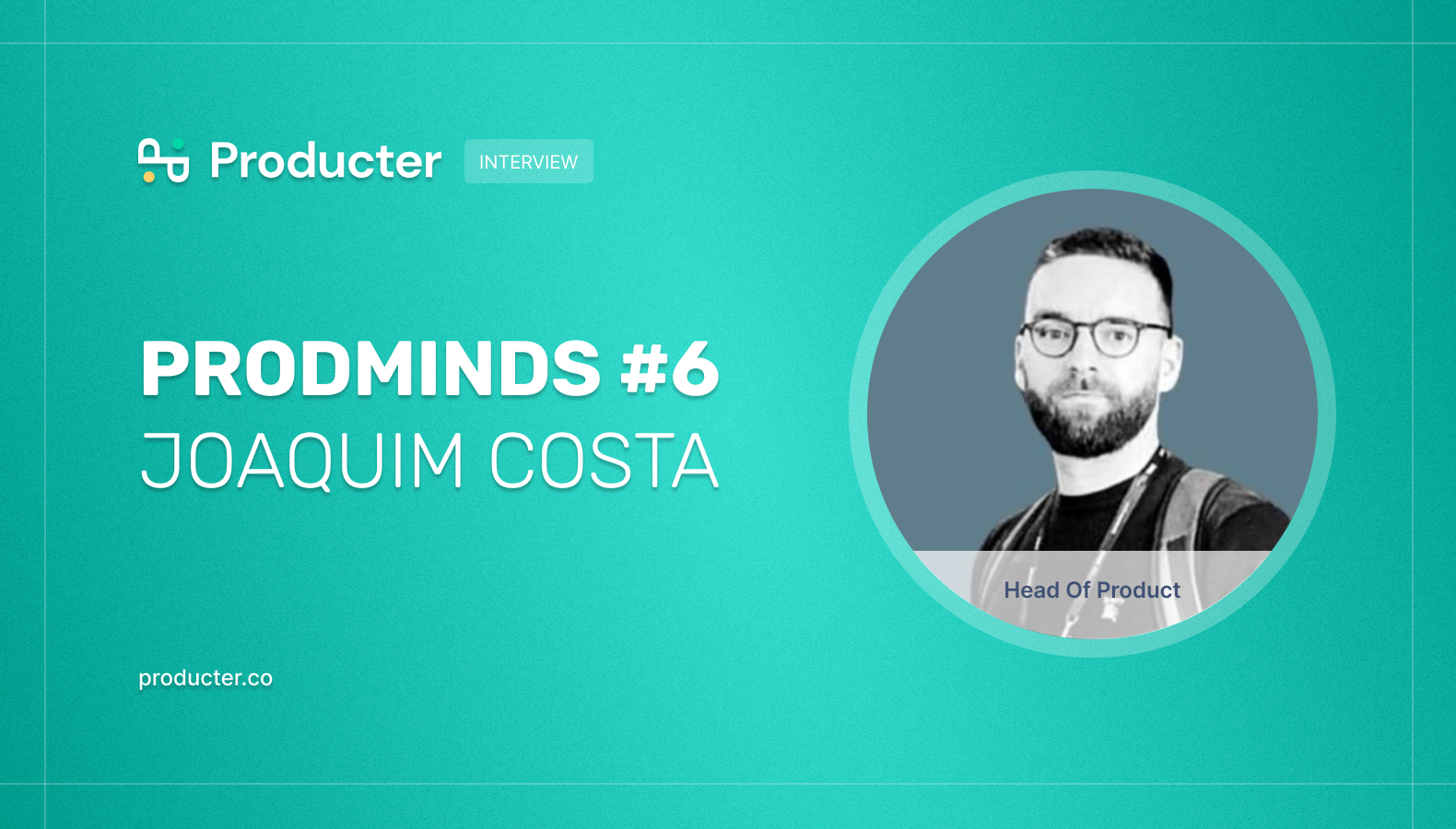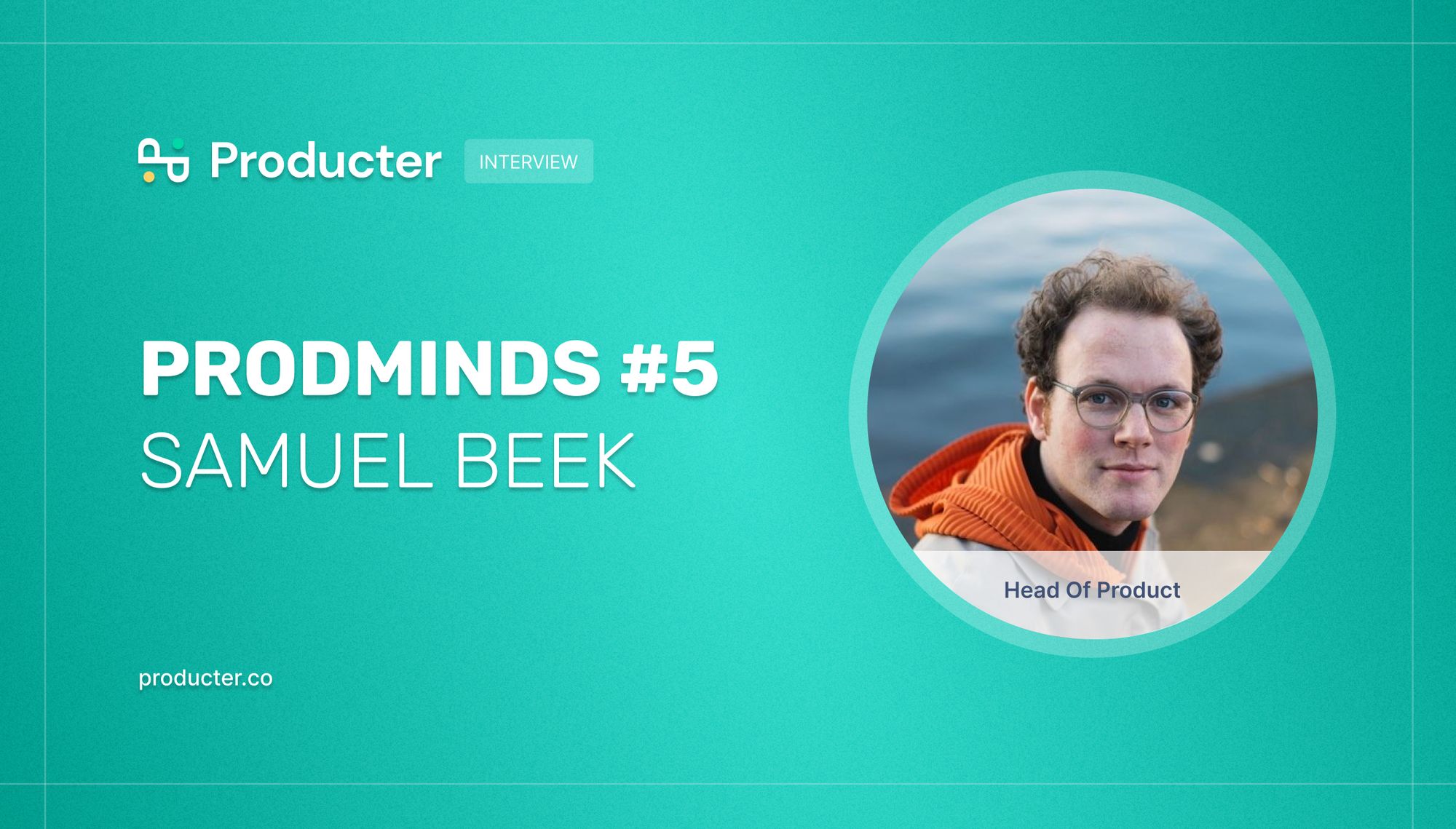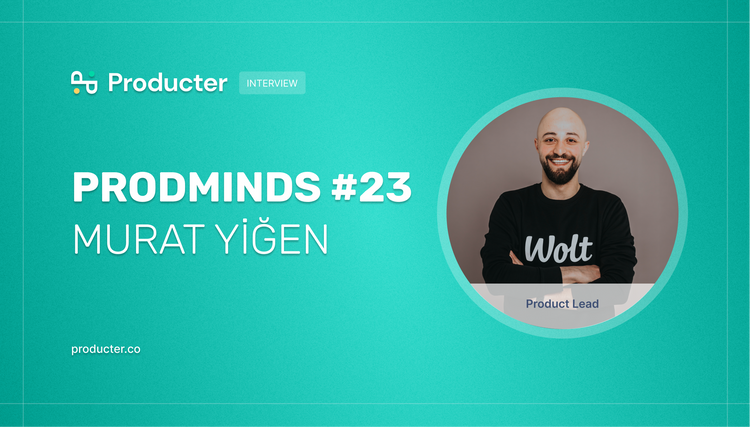Team Producter: Would you tell us a bit about you and your career path in product management?
Austin: Fresh out of college, I worked as an SDR for a B2B SaaS company. Although I was crushing it, I didn't feel satisfied solving problems for each prospect one by one. I wanted to build solutions at scale.
I didn't know what a product manager was until our CPO asked "Hey, sounds like you're interested in becoming a PM. Wanna join our meetings?" — that's when I began to learn about the role.
Later, I joined an early-stage startup founded by an early YC alum and slowly took on PM responsibilities. Because everyone on the team was inexperienced, I had to explore how to do the job on my own. The lack of "formal" training used to trigger my imposter syndrome, but now I see it as a blessing in disguise. If I had a mentor within the team, I wouldn’t try to understand the “why” behind every PM practice and form my own approaches. That fact that I had to figure things out on my own was precisely how I leveled up so quickly.
Fast forward a few years, I joined a unicorn company backed by Sequoia during its hypergrowth stage, advised a few 0-1 products, and started writing about product management on my blog. One thing led to another, I’m now a lead product manager at Softr, everyone’s go-to no-code platform.
Team Producter: Which part of being a Lead Product Manager at Softr is the most challenging for you?
Austin: Finding a balance in everything we do.
As an early-stage startup in an ultra-competitive no-code market, we have to move fast. Getting features out fast has been one of our key advantages, but keeping on doing the same as we grow is not easy.
As our product gets more complex and users’ expectation gets higher, sometimes moving fast ends up slowing things down in the long run (unplanned dependencies, fixing bugs, design iterations, etc). But whenever I dive deeper into a topic, I always get a fear that “what if I’m overthinking?”
Finding the right balance is tough, and it can only be done through trial and error. The good news is that our team is fairly aligned on what “directionally correct” looks like, and that has made my job easier.
Team Producter: How do you think departmental silos affect product companies? In what ways do you build and maintain relationships with stakeholders from different teams?
Even with a team full of A-players, the best product in the market, and multiple paths to success, a company will fail if everyone runs in a different direction, and that’s exactly what silos can do.
Having 1-on-1 syncs with key stakeholders is what I’ve found to be the most effective in terms of building relationships and alignment. It allows people to open up more than they would in larger meetings. The downside is that it gets very tough to do when the company gets bigger, so I always pair it up with written updates and detailed documentation.
To me, relationship building is more than just “water cooler talks.” It’s about building a deep understanding of how each other thinks and acts, so you can work more effectively in the future.
Also, as much as I love remote work, I believe every remote team should get together in person at least 1-2 times a year. The chemistry it creates is invaluable. Our team at Softr just met for the first time not long ago, and it has definitely made our bond stronger!
Team Producter: When it comes to listening to your users, what's your method? Is their input considered in critical product decisions?
Austin: Many discussions in the product world revolve around "which user research/product discovery method is better?"
The truth is that every single method is biased – that’s why I try to incorporate as many of them as possible, including:
- Continuous user interviews
- Project-based user interviews
- In-app + revenue analytics
- Feature requests
- Support tickets
- A/B tests
- Observing what our target audience discusses in online communities
How I mix and match these methods depends entirely on the context. I wish there was a simple formula to follow, but there isn’t one. A lot of it comes down to experience and critical thinking.
As a rule of thumb, I spent 20% of my time on generative research and 80% on evaluation research, 20% on continuous discovery and 80% on project-based discovery. If anyone is interested in learning more about the art and science behind user research, I recommend starting with this article.
To answer the second part of this question: Yes, what users say, think, and do is the one true north star for all of my product decisions.
However, the tricky part is defining who our “users” even are. For example:
- If we only look at current users in our database, we might lose sight of bigger, more valuable opportunities in the market. If we target too broadly, we might waste time working on problems that are not yet ours to solve.
- If we only build for power users, we might become a niche solution. If we build for the mass, we might end up without a differentiator. (aka The Power User Trap)
Getting that perfect definition down is hard, and it’s something that I think about when making every product decision.
Team Producter: What do you think the characteristics of a product-led team are?
Austin: In my definition, a product-led company is a company where everyone believes they support the product directly. This includes teams like Finance or People Ops, which are typically considered “far away” from product development.
If the entire company believes they are building a product people love, everyone will try to understand the users, competitions, features, and GTM activities as much as they can. As a result, there will be less “I own this, you own that” and more “How can we work together to create more value for our users and company?”
In my opinion, the “product-led growth (PLG)” trend we hear these days is simply an outcome of this product-led culture.
Team Producter: What are some of the pros and cons of being a product-led team?
Austin: If we follow my definition above, the pros of being a product-led company are endless.
- More insights, more ideas -> A better product.
- Growth levers built into the product -> A more efficient GTM motion.
- Fewer silos, more collaboration -> A focused company.
- etc…
The only downside I can think of is hiring. Talents like this are rare to find, and their skills make them highly sought-after. So if you’re a product-led company, be ready to spend 2-3X more time filling a position.
Producter is a product management tool designed to become customer-driven.
It helps you collect feedback, manage tasks, sharing product updates, creating product docs, and tracking roadmap.

You may also like:








